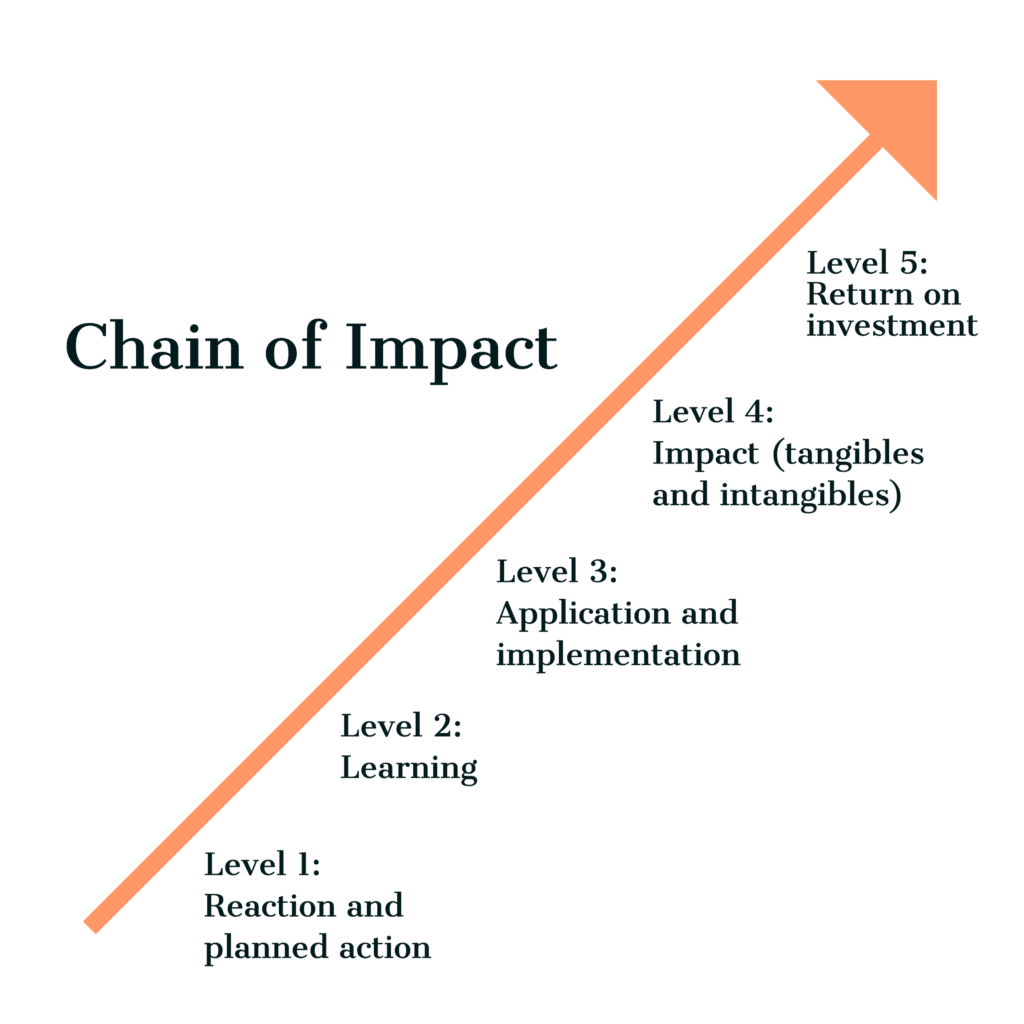
Why are ISDs not designing virtual learning for application and impact?
by Patti P. Phillips, Jack J. Phillips
August 2, 2021
 Just a few days ago, we recorded a podcast interview with a learning and development firm in South Africa called Elevate Learning. They plan to use the podcast to help educate the L&D professional community in the country. The first question we were asked was, “Instructional systems designers think their work is done when they achieve learning. They don’t design for application and impact. Why do you think that is the case?”
Just a few days ago, we recorded a podcast interview with a learning and development firm in South Africa called Elevate Learning. They plan to use the podcast to help educate the L&D professional community in the country. The first question we were asked was, “Instructional systems designers think their work is done when they achieve learning. They don’t design for application and impact. Why do you think that is the case?”
This is an interesting question, and we have encountered it many times. Maybe it is because they are developing a learning program, and when learning is achieved, they consider the program successful. But those who fund, support and sponsor virtual learning programs clearly see it otherwise. They want to make sure that the learning is used and has an impact.
The success of a virtual learning program is reflected in five levels of outcomes, as shown in the figure below.

Not designing for application and impact is disastrous. The key is to explore actions that can be taken:
- Before the program (e.g., setting objectives for application and impact or having managers of the participants create expectations in advance of the program)
- During the program (e.g., having participants develop an action plan of what they will do and having facilitators teaching to the level 3 and level 4 objectives)
- After the program (e.g., creating expectations with the manager, sharing successes and providing coaching)
Designing for application and impact is possible, and it is needed now more than ever. When the pandemic is over, the challenge will be to make sure that virtual is still a very dominant platform for learning. It will be if the results are there. It’s really up to all of us, but in particular, it’s up to the instructional designers. For more information, download our report, “Thirty Techniques to Design Virtual Learning to Deliver Impact and a Positive ROI.”



